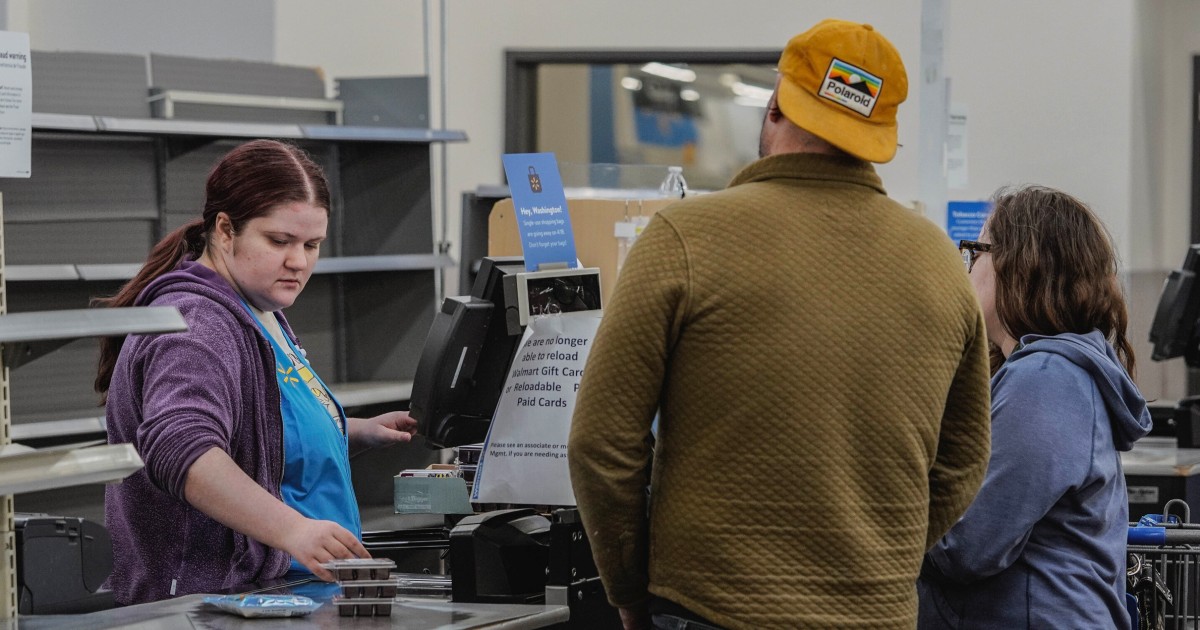Job growth was better than expected in April despite banking turmoil and a slowing economy, the Labor Department reported Friday.
Nonfarm payrolls rose 253,000 for the month, beating Wall Street estimates of 180,000, according to the Bureau of Labor Statistics.
The unemployment rate was 3.4%, compared with an estimate of 3.6%, and tied for the lowest level since 1969. A broader figure that includes discouraged workers and those holding part-time jobs for economic reasons fell to 6.6%.
Average hourly earnings, a key barometer of inflation, rose 0.5% on the month, higher than the 0.3% estimate. On an annual basis, wages rose 4.4%, above the expectation for a 4.2% increase.
stock market futures held their gains after the report, while Treasury yields were considerably higher.
Professional and business services led job creation with an increase of 43,000. It was followed by health care (40,000), leisure and hospitality (31,000) and social assistance (25,000).
Despite serious problems in the banking industry, finance jobs increased by 23,000. Government hiring increased by 23,000.
The bullish surprise in April was offset by strong downward revisions in previous months. The March count fell to 165,000, down 71,000 from the initial estimate, while February’s fell to 248,000, a drop of 78,000. Also, the household survey, which is used to calculate the unemployment rate, showed a softer total job gain of 139,000.
«It’s encouraging to see a strong jobs report amid recession concerns, instability in the banking sector and ongoing layoffs,» said Steve Rick, chief economist at CUNA Mutual Group. «We are hopeful that continued strength in the labor market and signs of slower inflation will ease market volatility in the coming months.»
Friday’s report comes amid persistent problems in the banking industry, particularly midsize regional institutions that have been hit by runs on deposits and worried investors that have sent share prices tumbling.
That has come at the same time that the economy appears to be slowing toward a possible recession later in the year. Gross domestic product rose just 1.1% in the first quarter, largely due to shrinking inventory, though there have been signs that consumer spending is weakening. Credit card spending, for example, is down 0.7% from a year earlier, according to Bank of America.
Despite banking problems and recession fears, the Federal Reserve this week raised its benchmark interest rate another quarter of a percentage point, bringing it to its highest level since August 2007.
Fed Chairman Jerome Powell acknowledged that higher interest rates were putting pressure on households, though he noted that the job market has remained strong. He added that the economy is likely «to face further headwinds from tighter credit conditions.»
The central bank is striving to bring inflation down to an annual level of 2%, although it is now well above that. One measure, the consumer price index, shows that inflation is advancing at an annual rate of 5%.
The rise in wages has helped put pressure on prices. Powell said a 3% annual wage increase is likely to be consistent with the Fed’s 2% mandate.

